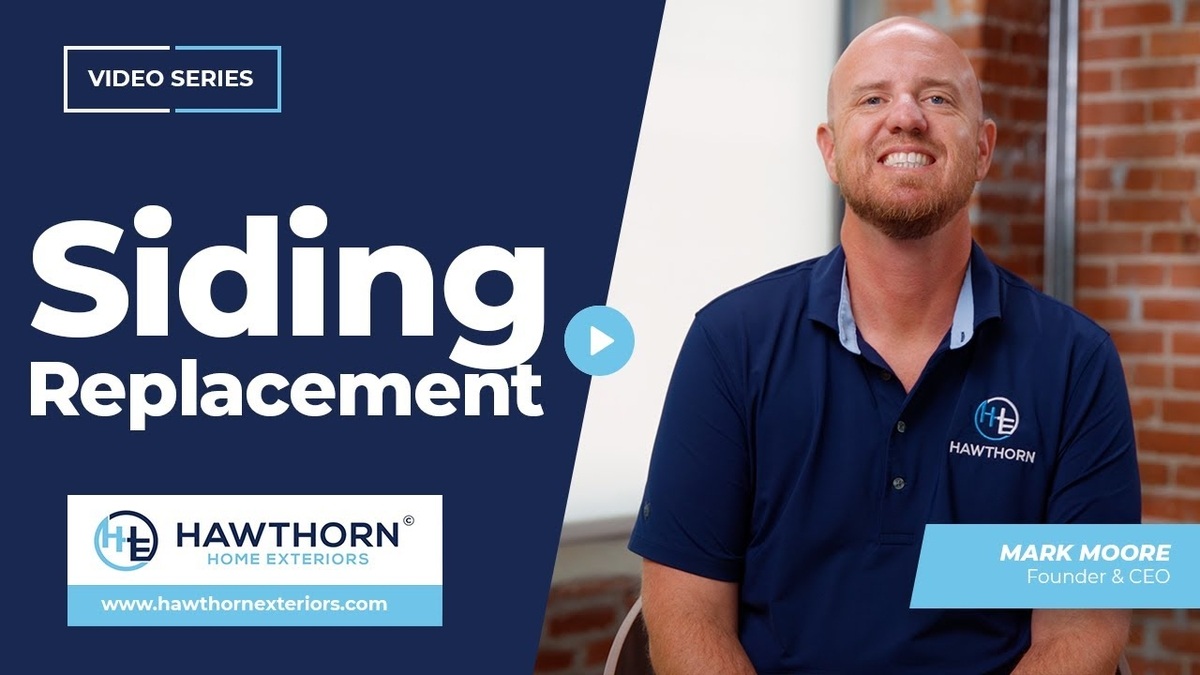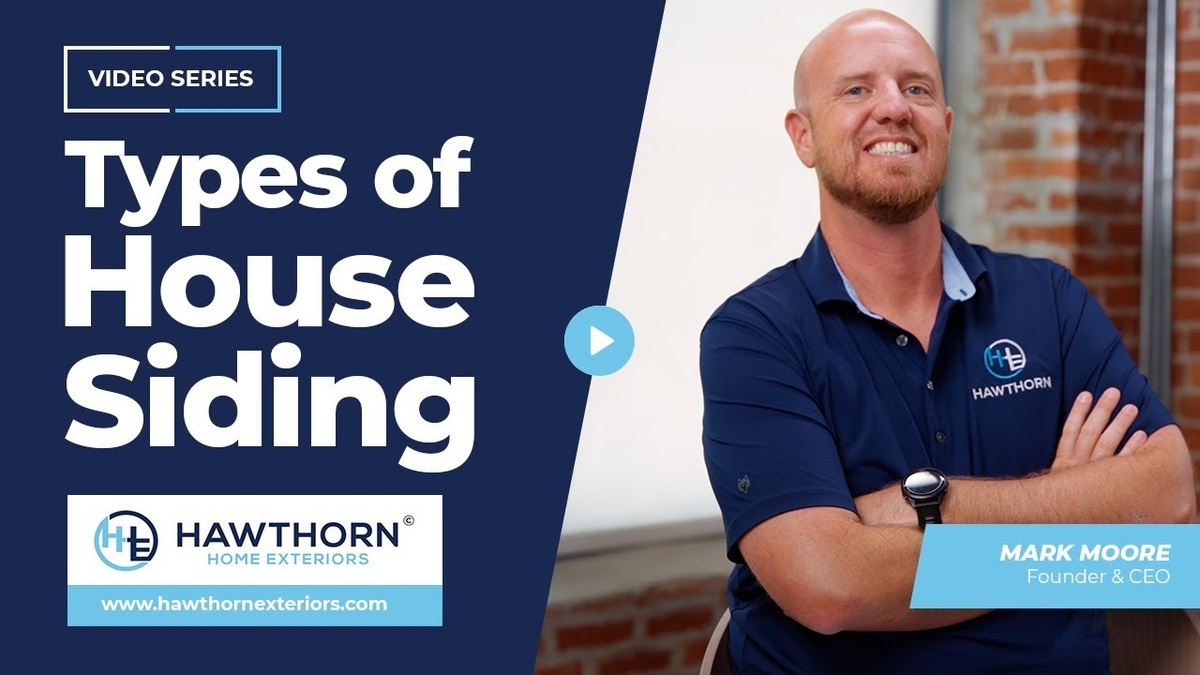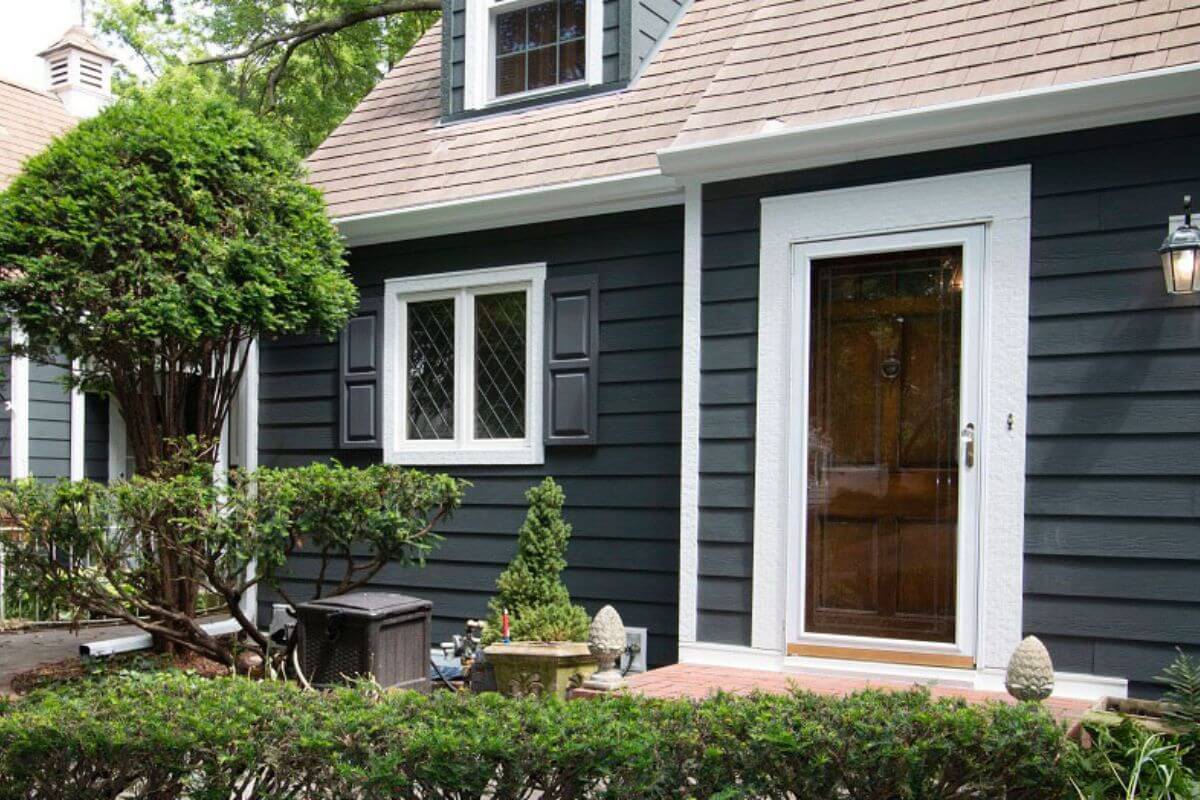When exterior siding begins to crack, swell, or trap moisture, it may be time to consider a full replacement. These issues often start small but can lead to serious damage if left unchecked.
That’s why we take a close look at the surface and what’s underneath. If the boards are soft, warped, or failing to keep water out, replacing the siding is usually the best step to protect your home long-term.
How Do You Know If It’s Time for Siding Replacement?
We inspect every home for signs that the siding is no longer doing its job. These are the most common issues we find:
- Swelling or soft spots
- Cracks or splitting
- Buckled or warped boards
- Rot around windows or doors
- Peeling paint or moisture stains inside
In places like St. Louis, where we deal with both high humidity and freeze-thaw cycles, siding tends to break down faster. Once moisture gets in, it can rot the wood underneath. That’s when replacement becomes urgent.
Key Takeaway: If your siding is holding moisture, it’s already failing. You may not see the damage right away, but it’s likely causing harm to your home’s structure.
What’s the Siding Replacement Process?
When we take on a siding replacement, we don’t just cover up the old problems. We start by removing all of the existing siding. This lets us inspect the wood underneath for any damage.
Here’s how we make sure the new siding lasts:
- Remove all siding down to the wood substrate
- Check for and replace any damaged or rotted wood
- Install a full weather barrier with taped seams
- Use rubber flashing around windows and doors
- Install your new siding with care
This method seals your home tightly against water and air from the outside. At the same time, it allows moisture from inside your home to escape.
Pro Tip: Your home puts off gallons of water each day from cooking, showers, and more. A proper siding system should let that moisture out without letting new water in.
Which Type of Siding Offers the Best Value?
We often recommend James Hardie siding to homeowners for one simple reason: it’s built to last and adds serious value to your home.
Benefits of James Hardie siding:
- 30-year warranty, transferable at no cost
- Resists rot, swelling, and insects
- Strong return on investment (about 76%)
- Known brand that helps when selling your home
Whether you plan to stay in your home for 30 years or sell it next year, this siding pays off. Most buyers will recognize the James Hardie name, just like they would with top window brands like Marvin or Pella.
Need expert help with siding replacement? Contact Hawthorn for a free consultation.
Should You Replace Now or Wait?
Some of our clients aren’t sure how long they’ll stay in their home. That’s okay. We still encourage smart upgrades that protect your property and improve curb appeal.
If you wait too long, water damage can spread. That can make repairs more expensive later. Replacing siding early can also boost your home’s value and help it sell faster.
Key Takeaway: You don’t need to have all the answers about your future. If the siding is in poor shape, fixing it now protects your investment either way.
In Summary
If you’re asking yourself, “Is it time for siding replacement?” we can help you find the answer. Our team will inspect your home, explain the options, and guide you through the process.
Contact Hawthorn today for a free consultation. We’ll help you protect your home, boost its value, and choose siding that fits your needs.





